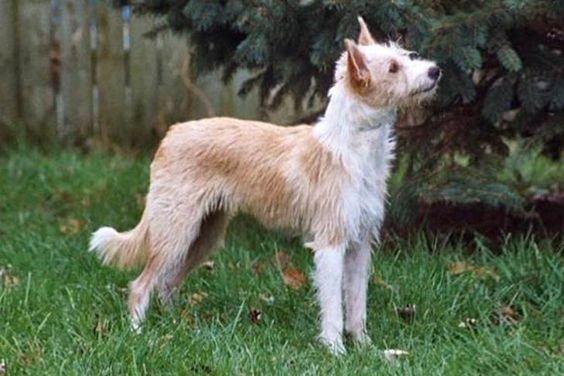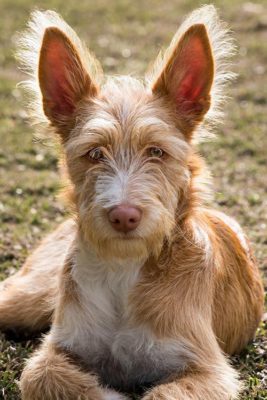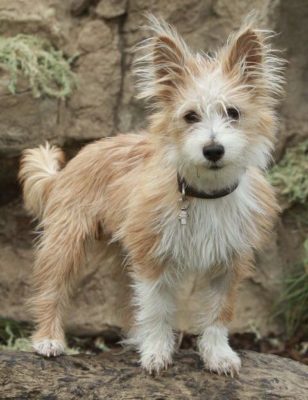Portuguese Podengo
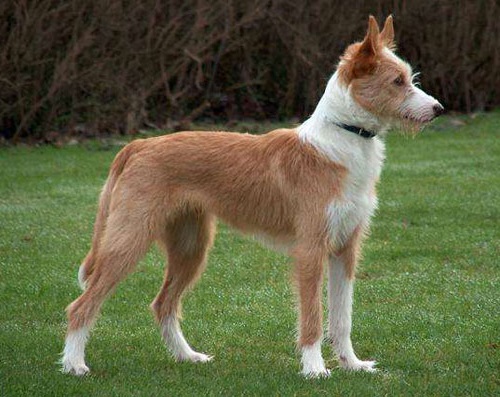
The Portuguese Podengo is amazing in its speed and endurance. It is a very active dog that needs an equally active owner. Different qualities characterize different sizes of Podengo. For example, the Small Podengo is affectionate and good with children, so they are often purchased for apartment life. They are popular with dog handlers – they are used in sports training such as dog frisbee, agility, tracking, etc. The medium and large Portuguese Podengo are more strongly endowed with hunting instincts, and in the past, they were used more often to hunt larger livestock.
Table of Contents
Breed Information
| Another Name | Podengo Português, Portuguese Warren Hound |
| Origin | Portugal |
| Height | 20-70 cm |
| Weight | 4-30 kg |
| Fur | Short and stiff |
| Color | Yellow and pale, from light to very dark tones, with or without white markings; or white with spots of the same colors |
| Lifespan | 12-17 years |
| FCI Classification | Spitz and primitive types |
| Group | Dogs for protection, hunting dogs |
| Price | From $1600 |
Breed Photos
Origin History
The history of the breed’s formation begins many centuries ago. The basic version of the breed’s origin is as follows: the Podengo was brought back in ancient times to the Iberian Peninsula by the ancient Romans and Phoenicians. Also, during excavations have been found a large number of figures and coins depicting the Portuguese Podengo. The closest relative of the Portuguese Hound is the Ibiza Hound. They are similar not only in appearance but also about the same time of origin. The name of the breed in literal translation from Portuguese means “hunting portuguese dog”.
This name among the locals the dog deserved was not in vain. In the XV century, the Podengo was used to catch rats on Portuguese ships on long voyages. And on land, the Podengo were faithful assistants in the hunt for rabbits, wild boars, and even deer.
In 1902, the Podengo was presented at the first show, which was held in Portugal. And by 1954, the breed was officially recognized by the Fédération Cynologique Internationale. It was not until 1978 that the breed standard included the hard-haired variety. The medium-sized Podengo is considered the most popular breed in Portugal, while the small Podengo is preferred outside the country.
Appearance
Its harmonious build and well-developed musculature distinguish the Portuguese Podengo. The format of the dog is almost square. Also, the most important feature of the breed is considered several varieties of size:
- small: height 20-30 cm, 4-6 kg;
- medium: height 40-54 cm, weight 16-20 kg;
- large: height 55-70 cm, weight 20-30 kg.
Flat skull, almost straight in profile. Cuneiform head, resembling by shape a tetrahedral pyramid. Muzzle shorter than the skull, wide at the base. Cheekbones are protruding moderately. The ears are erect, very mobile, and slightly sloping. The neck is long. The tail is of medium length, set high, tapered toward the end. A quiet state dropped between the hind legs, and when moving, becomes horizontal in the shape of a sickle. The coat is of two types: short-haired and hard-haired; both have medium-thick hair of medium texture, without undercoat. In the Lesser Podengo, brown and black colors with or without white spots are acceptable.
Character
The Portuguese Podengo is amazing in its speed and endurance. It is a very active dog that needs an equally active owner. Different qualities characterize different sizes of Podengo. For example, the Small Podengo is affectionate and good with children, so they are often purchased for apartment life. They are popular with dog handlers – they are used in sports training such as dog frisbee, agility, tracking, etc. The medium and large Portuguese Podengo are more strongly endowed with hunting instincts, and in the past, they were used more often to hunt larger livestock. They are trained to hunt cattle with their sense of smell, follow the trail, and bark their prey thoroughly.
The Portuguese Podengo is wary of strangers and strangers. Therefore, they do an excellent job as a watchdog. To other animals, the attitude is calm and friendly. However, small animals can be perceived as prey, so it’s worth watching closely and socializing the dog from an early age.
Care
The care of the Portuguese Podengo is not complicated at all. Long walks with some exercise are recommended: you can take your pet with you for morning or evening walks. The Podengo will be happy to spend time with you while being a little active, running, and playing. Comb his fur regularly with a special brush, and bathe him when dirty. The shedding is seasonal and weak. Observe basic hygiene procedures: check eyes and ears and clean them several times a week. Clip claws twice a month. It is recommended to trim hard-haired Podengu’s once every few months.
Training
Begin raising the Portuguese Podengo at two to three months of life. It is a dog that has a good penchant for training and will easily memorize all commands and errands. They are dexterous in their movements and can listen and hear their owner. They are judicious and understanding with a fairly stable psyche. Even if you are not quite an experienced owner and have never dealt with dogs, you can still train a Portuguese Podengo.
Common Diseases
Most dogs of the breed have a strong immune system and are among the healthiest breeds. Most often, they only get sick when they are old. However, some diseases are characteristic of the Podengo:
- deafness;
- various skin infections and dermatitis;
- hip dysplasia;
- hypothyroidism;
- Perthes disease (disease of the femur bone).
Nutrition
The diet of the Portuguese Podengo should be varied and balanced. It is important to select a diet that will promote the normal development of the pet. Ensure that the diet contains a sufficient number of calories and an optimal ratio of proteins, fats, and carbohydrates. Seasonal vitamin supplements are also a must.
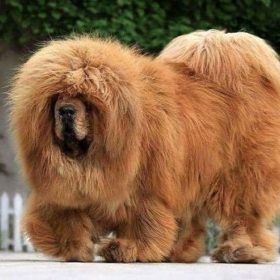 Tibetan Mastiff
Tibetan Mastiff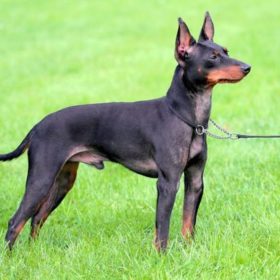 English Toy Terrier
English Toy Terrier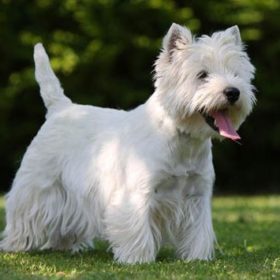 West Highland White Terrier
West Highland White Terrier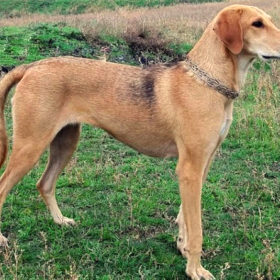 Russian Piebald Hound
Russian Piebald Hound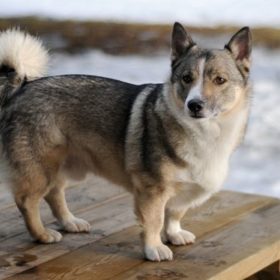 Swedish Vallhund
Swedish Vallhund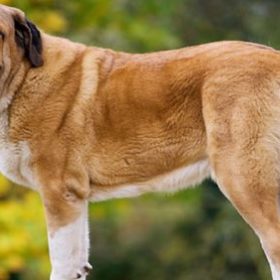 Spanish Mastiff
Spanish Mastiff